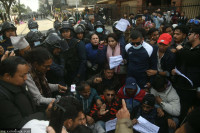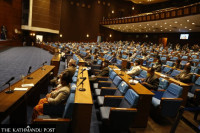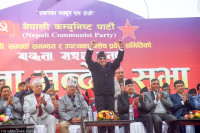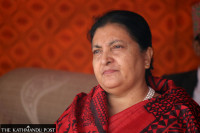Politics
This dissolution and those dissolutions: Looking for parallels to Oli’s move in history
Girija Prasad Koirala, Manmohan Adhikari and Sher Bahadur Deuba had also recommended dissolutions of the Parliament since 1994. The outcomes went against them.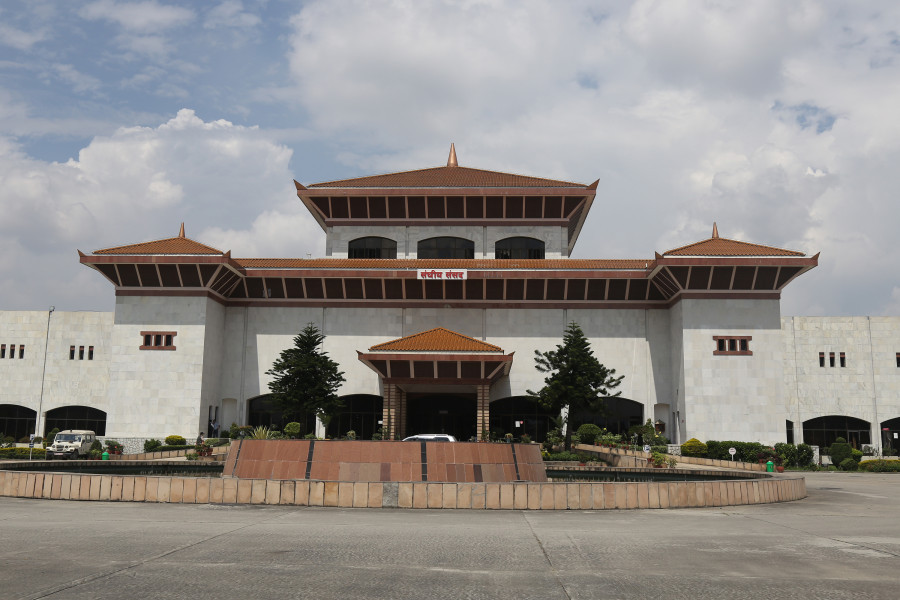
Anil Giri
The parallels are uncanny.
Girija Prasad Koirala headed a majority government, formed after the general elections, in 1991, following the promulgation of a new constitution.
KP Sharma Oli headed a majority government, formed after the general elections, in 2018 following the promulgation of a new constitution.
Koirala’s relationship with other leaders of the party was frayed from early on after he took the reins to lead a newly-democratic country.
Oli’s relationship with other leaders of his party gradually started becoming frayed after he led the country that had adopted federalism.
Finally, Koirala dissolved parliament after a section of his party did not vote for the policy and programme his government had presented in Parliament.
Oli on Sunday dissolved Parliament after his disagreements with another faction within the party reached breaking point.
If there is a need for yet another parallel, preceding the dissolution in 1994, Koirala had sacked six ministers of the opposition faction. Oli’s troubles took an apparently irreconcilable turn after he inducted three ministers in his Cabinet without, allegedly, taking the rival faction in confidence.
In both instances internal wranglings in the governing party with a comfortable majority in Parliament resulted in political instability.
But according to Daman Nath Dhungana, who was the Speaker in that Parliament, the discord within the ruling Nepal Communist Party (NCP) is much more than it was within the Nepali Congress.
“The fundamental similarity of both House dissolutions is dispute and discord inside the party rather than any ideological differences,” said Dhungana.
While the Nepali Congress had a long history of democratic struggle, the Nepal Communist Party was formed only in 2018 after the merger of CPN-UML and Communist Party of Nepal (Maoist-Centre). The former was an established political party and the latter emerged from a decade-long armed conflict in which some 13,000 people lost their lives.
“Koirala’s discord with Ganesh Man Singh and Krishna Prasad Bhattarai was not as serious as Oli has with his party leaders today,” Dhungana told the Post.
Following the House dissolution in 1994, a case was filed in the Supreme Court calling the move “unconstitutional” but the court ruled that since there was no possibility of the formation of another government, there was no alternative to seeking a fresh mandate from the people which Koirala had recommended.
But observers say that is not the case with Oli’s dissolution of parliament.
“There is still a possibility of the formation of an alternative government now,” said Taranath Dahal, a former journalist who had covered political issues in the 1990s.
That parliament cannot be dissolved when there is a possibility that an alternative government can be formed was the argument of the Supreme Court when the CPN-UML-led Manmohan Adhikari minority government, formed after the subsequent general elections of 1994, recommended the dissolution of parliament in 1995.
Prior to Adhikari’s recommendation, which king Birendra had duly complied with, a no-confidence motion had already been registered against his government jointly by the Nepali Congress and the Rastriya Prajatantra Party.
Adhikari’s recommendation was challenged in the Supreme Court and the court ruled against Parliament dissolution saying it did not hold strong political and constitutional ground because chances of forming the next government were still there and a no-confidence motion had already been tabled in the House which needed to be discussed.
“Oli’s move seems unconstitutional because the President should have called an all-party consultation before approving his recommendation,” said Dhungana.
Political analysts say while both moves of Koirala and Adhikari did not undermine democracy and constitution, Oli’s move does.
“This is a totalitarian exercise,” Dahal said, referring to Oli’s dissolution of Parliament.
He sees parallels between Oli’s move and that of Sher Bahadur Deuba in 2002 instead when the current president of the Nepali Congress dissolved parliament at the alleged instigation of king Gyanendra Shah.
“We have reached a stage similar to that after then prime minister Sher Bahadur Deuba dissolved the parliament in May, 2002,” said Dahal.
In order to hold the elections, Deuba dissolved the House but he could not hold them because of the armed conflict, led by Oli’s current nemesis in his party Pushpa Kamal Dahal, that was raging in the country.
After he failed to hold the elections, then king Gyanendra Shah dismissed Deuba in October, 2002 branding him as “incompetent”.
Shah, a constitutional monarch, in blatant disregard for the constitution, took over the reins of power which ultimately ended the centuries-old monarchy in the country effectively in 2006.
If Koirala’s dissolution of Parliament in 1994 began the cycle of political instability in the country, the overwhelming victory of the CPN-UML and the Maoist Centre alliance in the 2017 general elections had given hope of the end of unstable governments.
But as Oli told Dahal on November 28 in his rebuttal to the November 13 political document that Dahal presented at the ruling party’s Secretariat meeting, “It is said history repeats itself twice, the first time as tragedy, second time as farce.”
Prime Minister and chair of the Nepal Communist Party Oli had then asked Dahal, “History has already repeated itself as tragedy. Are you [Dahal] waiting for another farce?”
Or is it Oli who is waiting now?




 15.12°C Kathmandu
15.12°C Kathmandu
